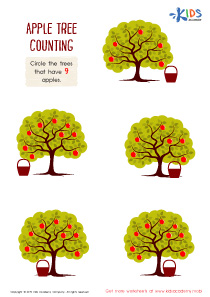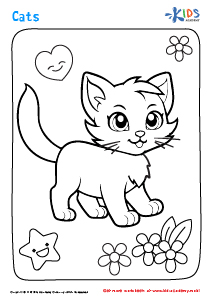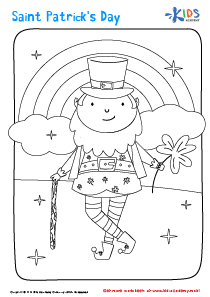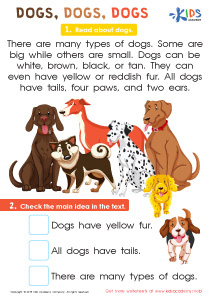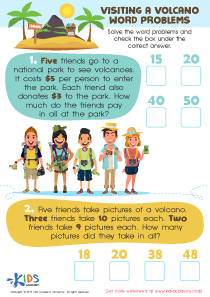Math Lessons | Graphing, Grade 2
0 results
Our Graphing Lessons are specifically designed for children in Grade 2 who want to learn how to read and create different types of graphs. With interactive worksheets and engaging educational videos, our lessons offer a fun and effective way to teach children about bar graphs, line graphs, and pictographs. Kids will also have the opportunity to test their knowledge with assessment quizzes, reinforcing what they have learned and boosting their confidence. These graphing lessons are perfect for parents and teachers looking for an interactive and engaging way to teach children graphing skills. Start your child's learning journey today!
Graphing Lessons for Graders:
As children progress through their academic careers, there come many new, and often challenging, topics to learn. In early elementary school, one of the most common topics is graphing, and graphing lessons for grade 2 students are an essential part of their education. These lessons are a fundamental part of math education, and their relevance for students cannot be overstated.
At a basic level, graphing lays a foundation for children in understanding mathematical concepts such as geometry and measurement. Graphs are used as visual representations of mathematical data, and in the case of children in grade 2, typically consist of scatter plots, line charts, and bar graphs. By learning to read and interpret these graphs, children develop a greater understanding of the interpretation of numerical data that lays a foundation for their future academic successes.
Graphing lessons have also been shown to improve children's critical thinking and problem-solving skills. When presented with a mathematical problem, children in the second grade are often required to identify and analyze data points that are presented visually. Graphing helps them to develop strategies for problem-solving, such as breaking down data into smaller, more manageable parts, and testing hypotheses to determine the best solution to the problem.
Furthermore, Graphing lessons also promote general math literacy. Developing basic math literacy is crucially important for every child, especially as they grow towards higher grades and more advanced math topics. As children progress through grade 2, they must learn more complex concepts like fractions, decimals, and percentages. The foundation to develop these more complex topics is set in earlier grades, including second grade, with basic graphing skills.
Finally, graphing lessons, which consist of interactive worksheets, educational videos, and assessment quizzes, are particularly beneficial for students who learn best through visual or interactive means. Interactive worksheet activities help students to engage in an active learning environment in which they need to analyze information and select the appropriate data for each graph. The practice of watching educational videos gives students the opportunity to see graphs in a real-world setting, as well as offering students an example of how the concept is applied to everyday life.
In conclusion, graphing lessons for grade 2 students are a critical component of their education. Children who grasp the concepts and techniques of Graphing early on are better poised to succeed in attaining higher levels of math satisfaction in the long run.

